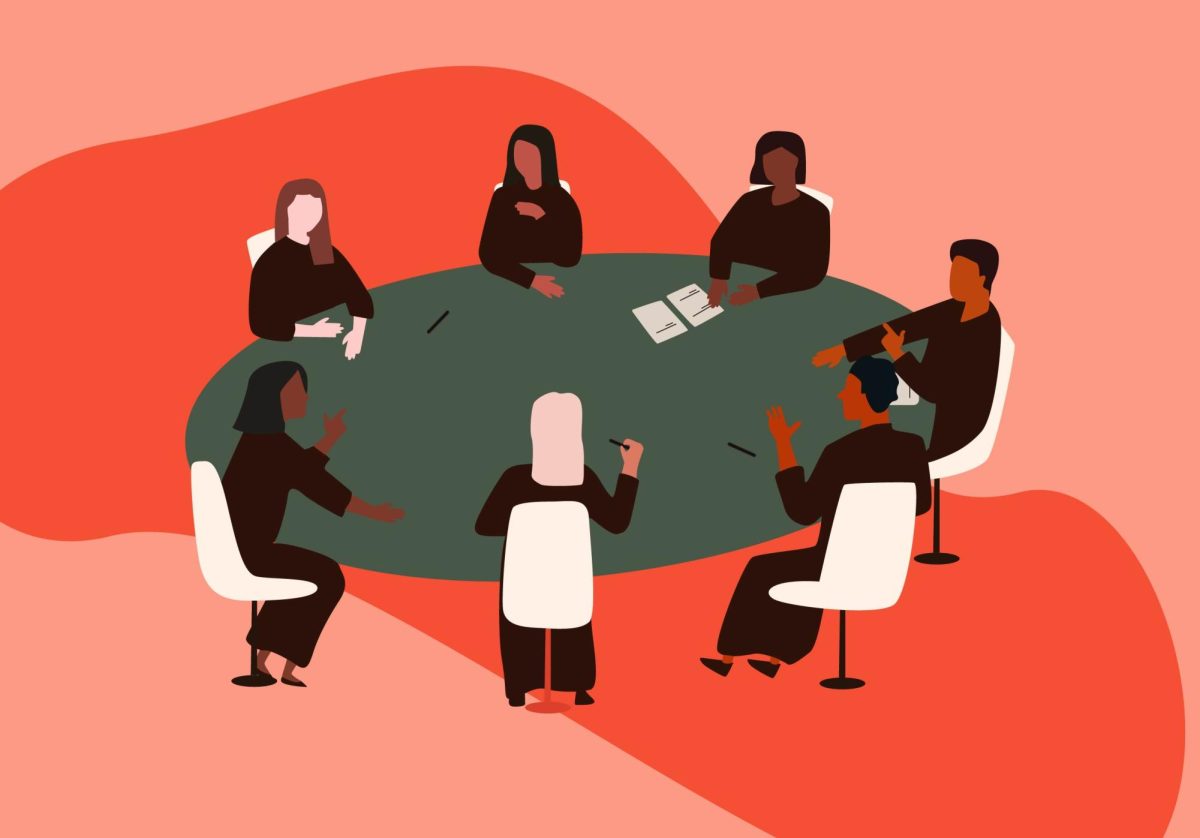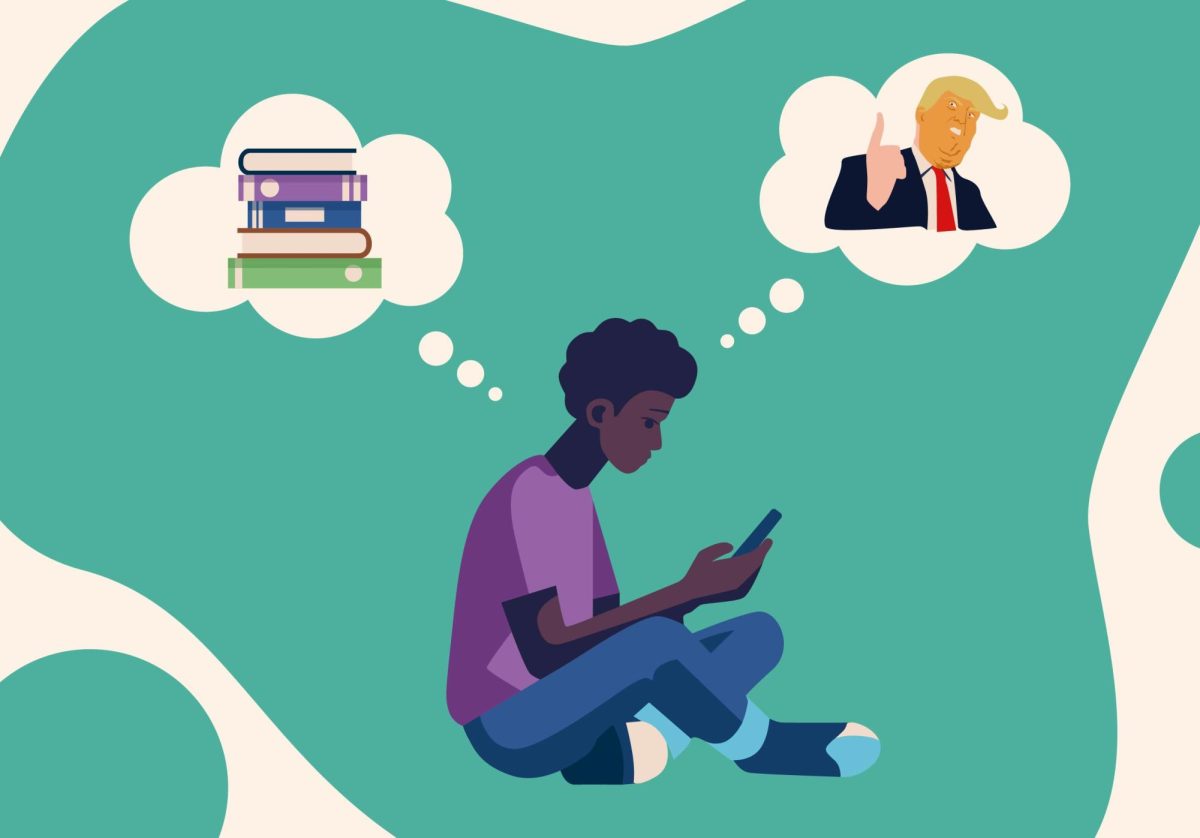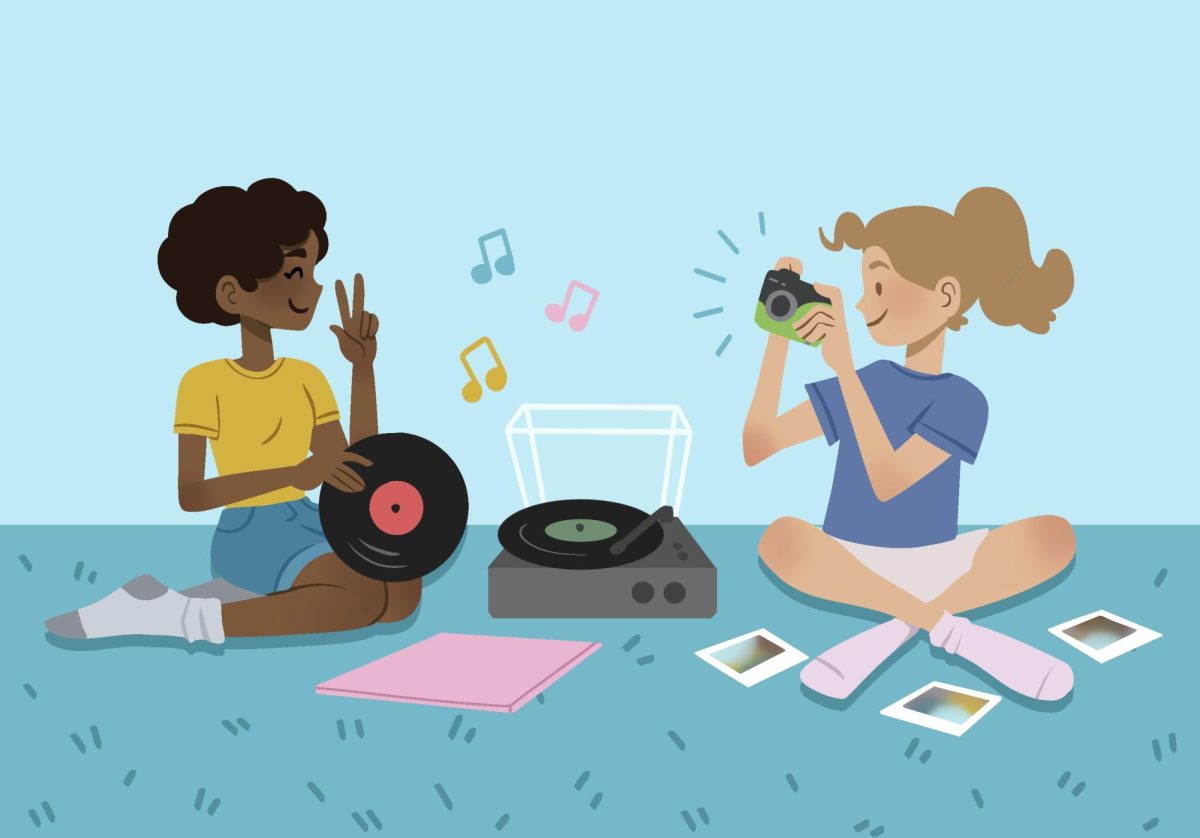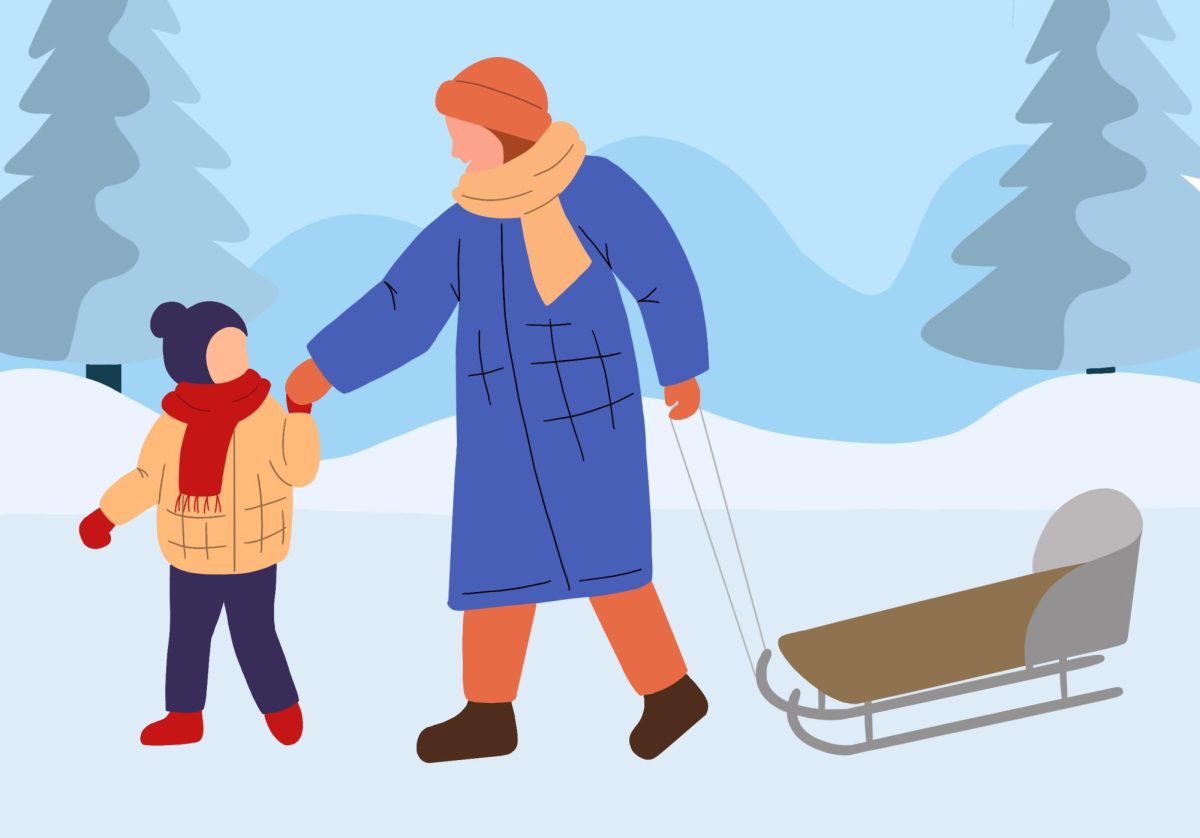In March 2020, every worker in America suddenly became aware of the fact that their job could kill them.
While many could avoid this occupational hazard by setting up a home office at the kitchen table, for others it was more complicated. Farmworkers and food service workers, utility and sanitation workers, first responders and health care workers were all expected to continue their “essential” duties.
Many in these industries were infected with COVID-19 by the end of the year, not from carelessness or callousness, but simply from showing up to work.
While those most intense days of the pandemic feel increasingly distant, they exposed a truth that has long existed: our jobs exert enormous power over our lives, and that power directly impacts our health. Health, of course, doesn’t have to mean whether we get infected with a virus or suffer an injury on the job. It encompasses mental and emotional health as well, which any burned-out remote office worker (or student) can attest to.
Though this dynamic is not new, the pandemic illustrated work’s power over us more clearly than any other event in recent memory.
Consider this example: Imagine it’s 2020 and you work in a restaurant kitchen making food for pickup orders. Your boss, whose main job is to schedule shifts and keep the orders flowing, is now expected to become an infectious disease epidemiologist. They must make decisions about masks, hand sanitizer, plexiglass barriers, physical distancing and hundreds of other safety interventions they were never trained to make.
The Occupational Safety and Health Administration (OSHA), the government agency that sets and enforces workplace safety standards, is notoriously understaffed with 1 compliance officer for every 70,000 American workers, so it is unlikely there will be any direct interaction with them. Ultimately, your boss is on their own, and you and your coworkers will deal with the consequences.
However, if that kitchen was unionized, the story would be entirely different.
Not only would you and your coworkers be able to collectively bargain for a contract with safety measures that exceed OSHA’s bare minimum, but you would also have far more resources to help determine what a safe workplace is and how it should run. National unions generally have health and safety offices that craft industry-specific policy positions using the expertise of frontline workers, which is probably more trustworthy than their boss’s opinions. OSHA may also be more responsive to unionized workplaces because union officials are allowed to submit and monitor safety complaints on behalf of multiple workers at a time.
Industries and workplaces are incredibly diverse, but the connection between health and worker-management power relations is undeniable in each of them. Workplace safety, however, is just the beginning. With a wider focus, it is not difficult to see the many ways unions benefit public health as a whole. From increased wages to ensuring adequate health care to protecting paid sick time, unions provide a foundation for a healthy society.
This is why the American Public Health Association, the largest and oldest public health organization in the country, recently released a policy statement that considers the universal right to unionize a core part of “decent work” and an important public health goal for the United States. By joining or forming a union, you may not only secure a safer workplace but also a healthier community.
Adam Moskowitz is a PhD candidate in the School of Public Health who researches issues of workplace health and safety.








